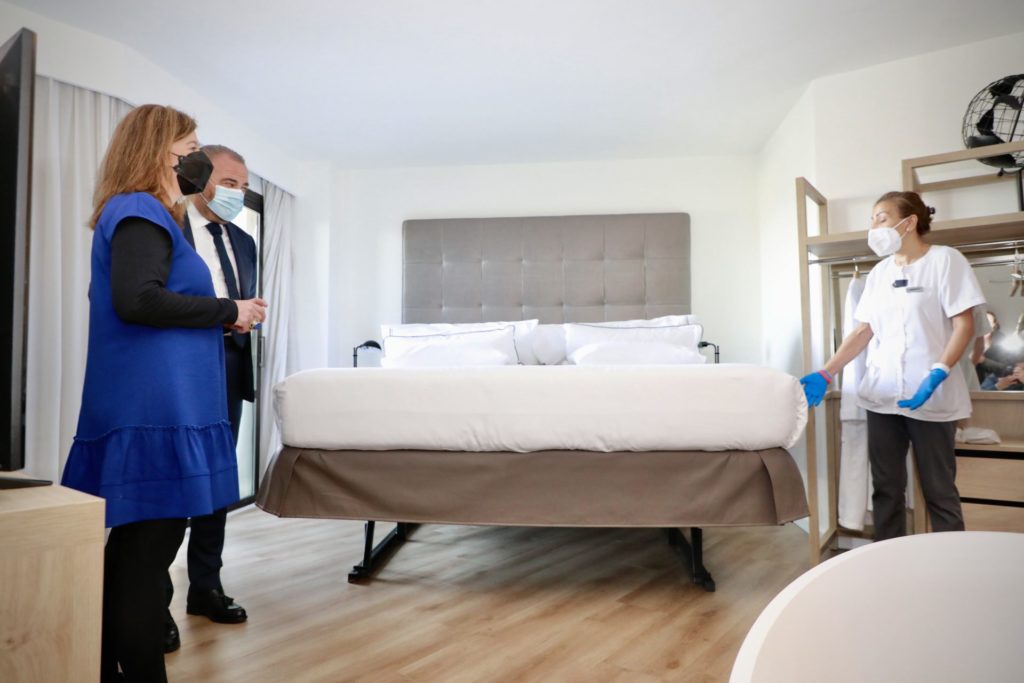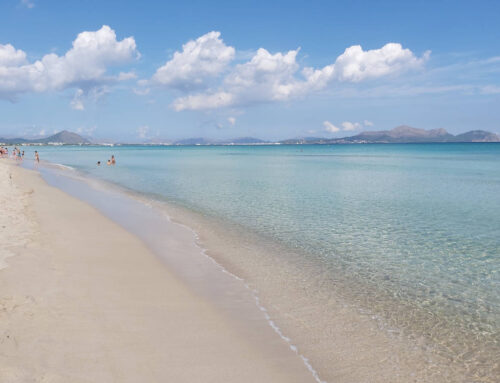The gender inequality index, drawn up by IMPULSA BALEARS based on the United Nations methodological proposal, places the archipelago in the 6th most favorable position in a regional ranking that appeals to the empowerment of women in matters related to health, education and the labor market.
According to the results of this report, 21% of employed women in the Balearic Islands show a rate of overqualification higher than that of men (16%). In the labor market there are more trained workers who, however, carry out underqualified trades.
These imbalances take place in a structure of qualifications in which the percentage of employed women with higher education (45.3%) exceeds that of men (34.7%), while the opposite occurs in the section that includes the workforce with a training level equal to or less than the mandatory ones (24.8%, women vs. 38.1%, men).
On this occasion, the index, which ranges between 0 (null inequality) and 1 (maximum inequality), records a score (0.039) that improves, for the third consecutive time, the previous measurement (0.045). In this way, the islands score significantly more favorably than the national group (0.044), a demarcation in which they are only surpassed by the Basque Country (0.022), Galicia (0.031), Catalonia (0.034), the Canary Islands (0.035) and Madrid. (0.036).
On the other hand, the recovery in employment figures that has taken place among the highest professional categories has favored the improvement in the percentage of directorship and management positions held by women (37.8%) compared to the first year of the pandemic (34 %). However, the gap is still significant, taking into account that, in the next professional category, that referring to professional, scientific and intellectual technical positions, women cover the majority of employment (58.8% vs. 58.1%, 2020 ).
The recovery in employment throughout 2021 has been slightly more positive for women (2.8% vs. 2.1%, men) after a downward shift that in 2020 affected them significantly more (-8, 9% vs -8.6%, men) and has continued to assign to the female group the highest rates of temporary employment (24.3% vs 21.3%, men) and, above all, partiality (18.7% vs 5 ,3 men).

A maid cleans a room in a hotel in Palma. Photo: GOIB.







Leave A Comment